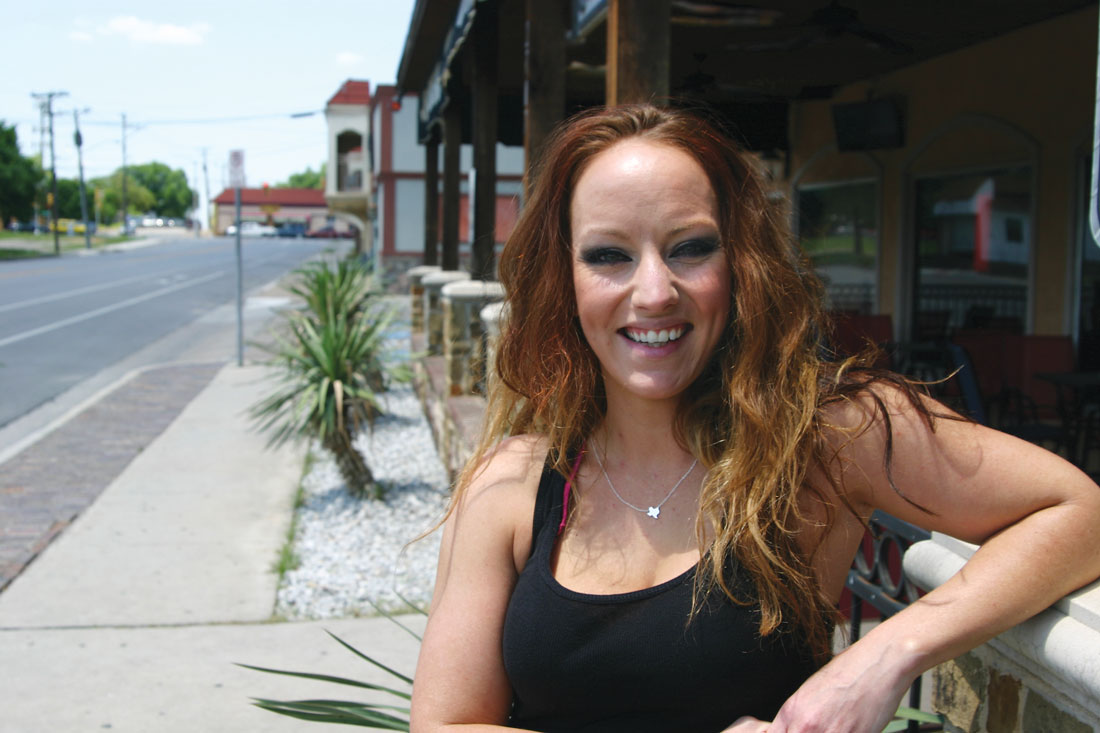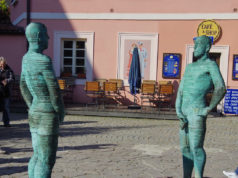How many times can a phoenix rise, for chrissakes?
Fifty years ago, Race Street became a thriving business district serving East Fort Worth at the so-called Six Points intersection, where Riverside Drive and Race and East Belknap streets cross. Race Street attracted many people from the Riverside neighborhood roughly bordered by 28th Street to the north, Haltom City to the east, railroad tracks to the south, and the Trinity River to the west. Six Points and Race Street were Ground Zero for commerce and traffic, boasting a bank, post office, and numerous businesses.
Twenty years ago, Race Street was a ghetto. The bank and post office had moved. Others businesses closed. Seedy bars and run-down apartments took over. I lived near that street from 1990 to 2005 and walked down it many times as part of my morning exercise routine. I passed transients asking for money, and I saw winos sprawled out in parking lots or propped up against buildings and sleeping. Broken beer bottles littered the curbs.
At night, well, I didn’t go there at night.
About the time I moved from the area, Race Street began attracting investors eager to transform it into the Near Southside. A Fuzzy’s Taco Shop sprang up, along with an art gallery, banquet hall, barbershop, smoke shop, tattoo parlor, glass-blowing shop, real estate office, sports bar, and other small businesses. The historic McAdams Building near Six Points was renovated and transformed into Mama Mia’s, an Italian restaurant.
The city and the Texas Alcoholic Beverage Commission closed down the seedy bars. An urban village project that began in 2006 drew almost $800,000 from a federal grant, and the city spent $50,000 developing a master plan for the area.
Customers flocked to the half-mile strip that lies between Riverside Drive and Sylvania Avenue to see what was being heralded as the city’s next funky entertainment district. The street is short and narrow with wide sidewalks. Visitors can park their cars and walk the entire street with little problem. Revitalization was attracting such crowds on some nights that nearby residents complained about noise and traffic.
And just as the momentum was beginning to take root, the great recession hit.
By 2008, banks were stingy with loans, and investors went broke or cut their losses. Tenants fled. Electrical fires damaged buildings. In 2012, volunteers spent weeks building and painting 10 large community garden beds made from donated lumber. But before the beds could be installed, they were stolen by thieves.
In 2013, a junior high school teacher and mother of three was shot several times outside Dino’s Bar and Grill in the 2700 block of Race. The following year, a man was killed and at least two others injured in a shooting outside Gator’s Jam Inn on Race’s 2800 block.
Lauren Cross opened an art gallery, WoCA Projects, on Race Street in January 2013. Vandals broke her front door. She gave up her lease two years later after a reported gang shooting sent a stray bullet crashing through the wall of the artists’ studio next door.
“I didn’t feel like it was the best situation,” she said. “I was disturbed once the shooting happened. Someone died literally across the street.”
Fast-forward to the present, and signs of life are slowly –– and I mean slowly –– returning. City, state, and federal funds totaling about $1.5 million have been paying for recent infrastructure improvements, including street widening, parking spots, lighting, and bicycle lanes. More funds might be on the way. Fort Worth City Council appears poised to issue $2.5 million in bond money for more infrastructure improvements.
The latest investor on the scene, Pretlow Riddick, is buying and fixing up properties and planning more commercial and housing developments, including a large multifamily complex. He also is demolishing older multifamily housing. Among his properties is Dino’s, the eatery, bar, and concert venue dogged by a reputation for fights and shootings.
“It seems to be slowly improving down here,” said Angela Hardy, a bartender at Dino’s since 2007.
Bulldozing some of the old apartments and duplexes has cut down on the number of beggars hanging around the area and made visitors feel better about Race Street, she said.
“I’ve seen some new people coming in” at Dino’s, she said. “That’s good. We’re trying to wait it out and survive.”
Kwame Baah is hosting a grand opening on Friday at its new shoe shop on Race. The following day is Farm Fresh Market, an outdoor celebration of organic produce, live music, and community. Celebrity chef Grady Spears will be serving fare from his food truck.
“It’s an event to bring people together,” said Debby Stein, chief improvement officer at Riverside Arts District, the nonprofit group hosting Farm Fresh Market and encouraging revitalization through arts and culture. The city has officially designated the street and intersection as the Six Points Urban Village. As one of several urban village concepts, Six Points will be one of the city’s highest redevelopment priorities. “All these elements are coming together, including private and public input. It’s all working.”
Race Street is still home to numerous boarded-up properties. The phoenix has been slow to rise again, particularly after flat-lining during the recession. But Stein and others believe the financial boost from public entities combined with Riddick’s development plans will finally return Race Street to its former glory.
“We’re very lucky to have a developer and investor like [Riddick] who is interested in the community,” she said. “He brings to the table his money and his expertise in development and in his ability to produce. We’re eager to get tenants in there, tenants who will draw from the community other than just the neighborhood surrounding Race Street.”
Nobody’s quite sure how long that will take. Remember, developers have been saying for 20 years that rebirth is right around the corner. Ten years ago, it almost was. Nowadays, even someone as gung-ho as Stein seems to use caution when predicting.
“That’s going to take a couple of years, could be five, and certainly within 10, we’ll all be enjoying the whole area,” she said.
Even Cross, who closed her gallery after the shooting, predicts the area will one day be a gem.
“There is definitely potential there,” she said. “Even as I was leaving, I never left feeling like it was a horrible place. I just felt like it wasn’t the place I needed to be at the time.”













It is really exciting to see some positive changes starting to happen on our side of town!!
Informative article. Nicely done.
Did you say you were sorry Gary? Big boys do it that way.
Did they tear down the old Race Street apartment complex? I lived there in 1989 and 1990.